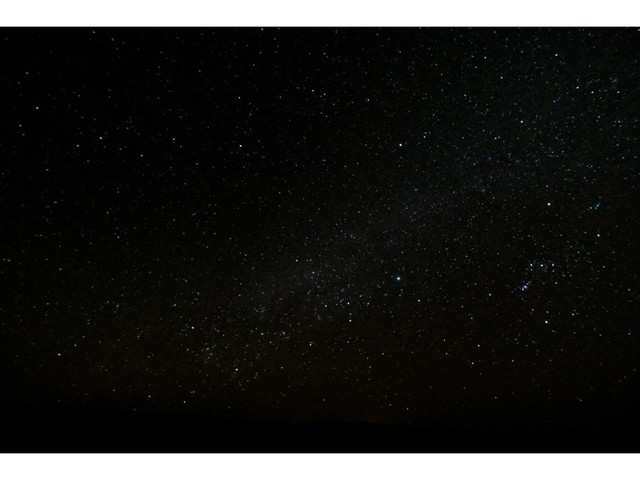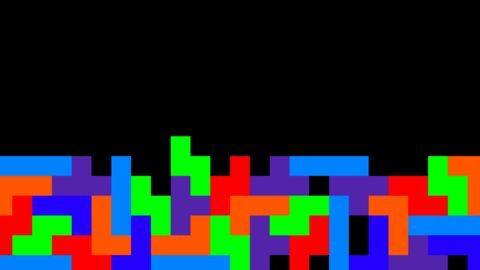ISRO
Scaled down test for safe landing of Chandrayaan-2 lander conducted successfully: ISRO
Indian Space
Research Organisation (ISRO) on Friday said it has successfully
conducted a scaled-down test for the soft and safe landing of its
Chandrayaan-2 lander for India's second Moon mission.
Image Courtesy: Twitter/@isro
BENGALURU:
Indian Space Research Organisation (ISRO) on Friday said it has
successfully conducted a scaled-down test for the soft and safe landing
of its Chandrayaan-2 lander for India's second Moon mission.
The moon lander, Vikram, named after the father of Indian space programme Vikram Sarabhai, is crucial to carry out various tests on the moon surface.
"Scaled-down version of Chandrayaan-2 Lander Vikram completed, critical Lander Actuator Performance Test (LAPT) to demonstrate capabilities of navigation, guidance and control system of Vikram for a safe, soft and precise landing on the Moon," ISRO said in a release.
The LAPT test was meant for compensating the effect of earth's gravity as compared to moon's gravity and to match the thrust generation of sea level liquid engines as compared to flight engines, which will operate in vacuum environment, it said.
The module was tied to a crane hook for conducting the test at a special test facility at ISRO Propulsion Complex in Mahendragiri in Tamil Nadu.
It was the third and final test to demonstrate retargeting in a parabolic trajectory.
The LAPT demonstrated the capability of the NGC system of 'Vikram' to meet the mission requirement of safe, soft and precise landing on the lunar surface by steering the module horizontally as well as vertically down to a pre-defined target, the release said.
"With this, all the tests have been completed successfully. This is a major milestone accomplished in Chandrayaan-2 Lander," it said.
ISRO intends to launch Chandrayaan-2 sometime in January next year. The Mission will have an orbiter, lander and a rover.
India's first lunar mission Chandrayaan 1 was successfully launched in October 2008.
Scientists have found frozen water deposits in the darkest and coldest parts of the Moon's polar regions using data from the Chandrayaan-1 spacecraft, US space agency NASA said in August.
The moon lander, Vikram, named after the father of Indian space programme Vikram Sarabhai, is crucial to carry out various tests on the moon surface.
"Scaled-down version of Chandrayaan-2 Lander Vikram completed, critical Lander Actuator Performance Test (LAPT) to demonstrate capabilities of navigation, guidance and control system of Vikram for a safe, soft and precise landing on the Moon," ISRO said in a release.
The LAPT test was meant for compensating the effect of earth's gravity as compared to moon's gravity and to match the thrust generation of sea level liquid engines as compared to flight engines, which will operate in vacuum environment, it said.
The module was tied to a crane hook for conducting the test at a special test facility at ISRO Propulsion Complex in Mahendragiri in Tamil Nadu.
It was the third and final test to demonstrate retargeting in a parabolic trajectory.
The LAPT demonstrated the capability of the NGC system of 'Vikram' to meet the mission requirement of safe, soft and precise landing on the lunar surface by steering the module horizontally as well as vertically down to a pre-defined target, the release said.
"With this, all the tests have been completed successfully. This is a major milestone accomplished in Chandrayaan-2 Lander," it said.
ISRO intends to launch Chandrayaan-2 sometime in January next year. The Mission will have an orbiter, lander and a rover.
India's first lunar mission Chandrayaan 1 was successfully launched in October 2008.
Scientists have found frozen water deposits in the darkest and coldest parts of the Moon's polar regions using data from the Chandrayaan-1 spacecraft, US space agency NASA said in August.
/https://public-media.smithsonianmag.com/filer/0e/cc/0ecc1771-0dd9-4ca1-af2f-3cb9edaf1450/isslight.jpg)












